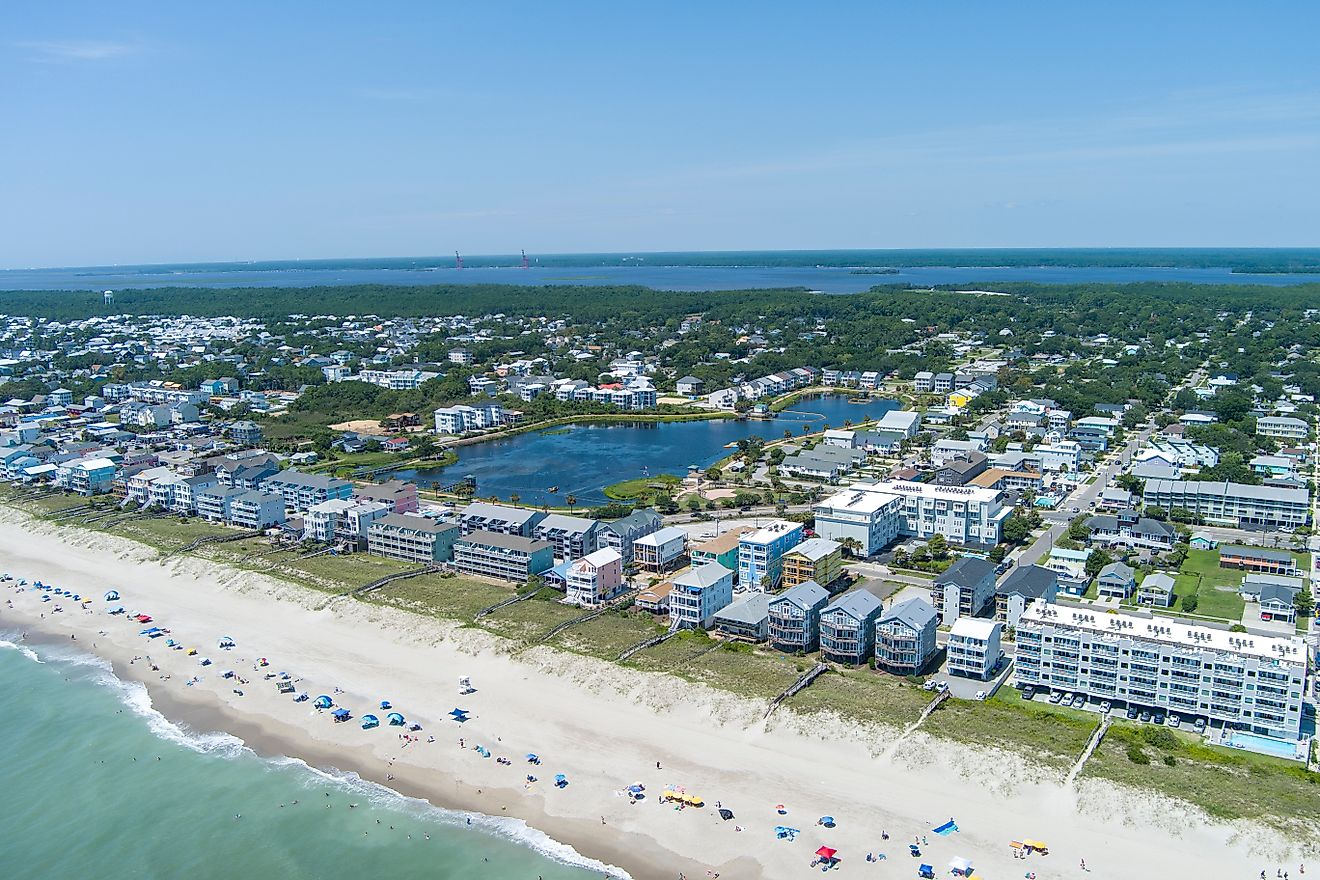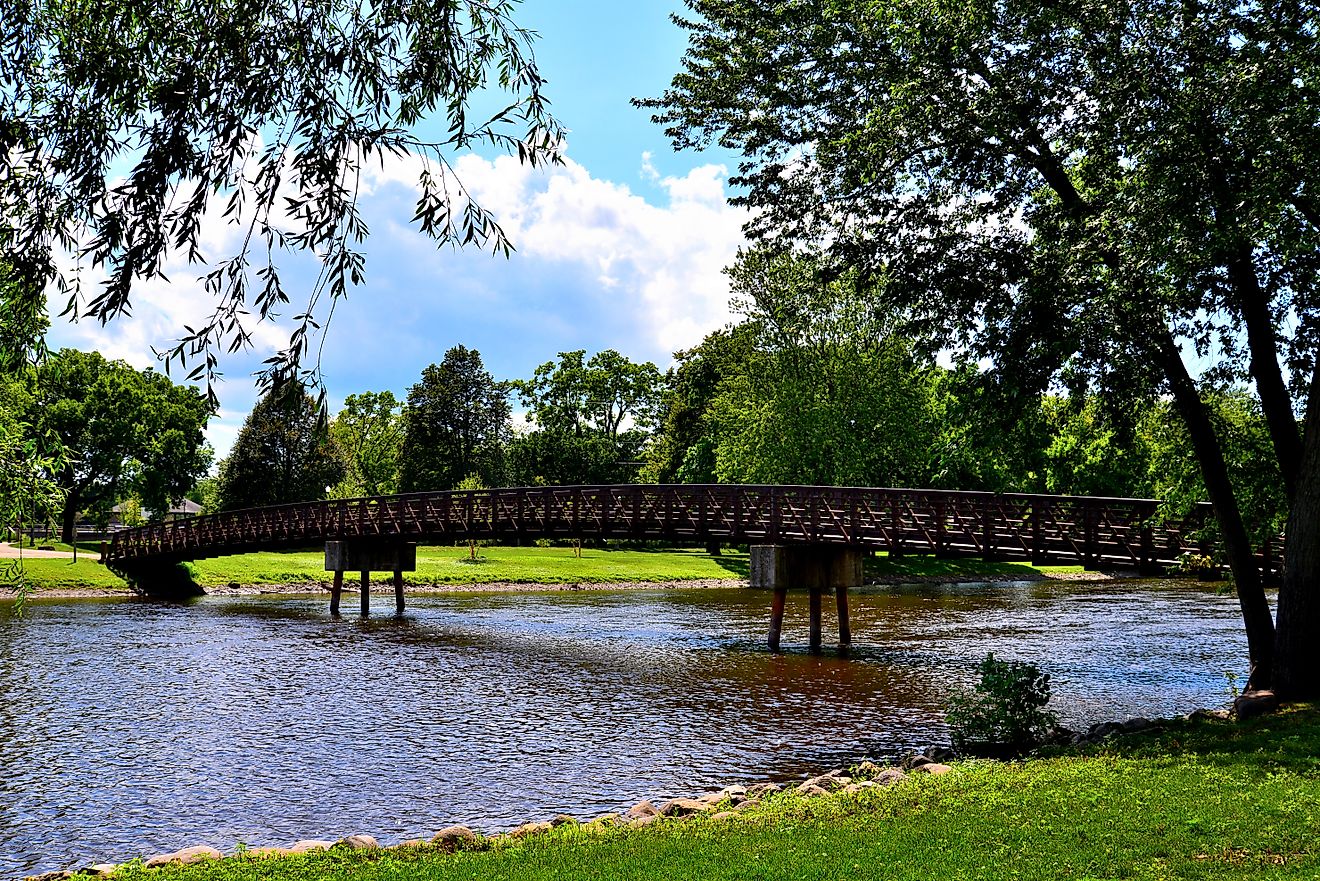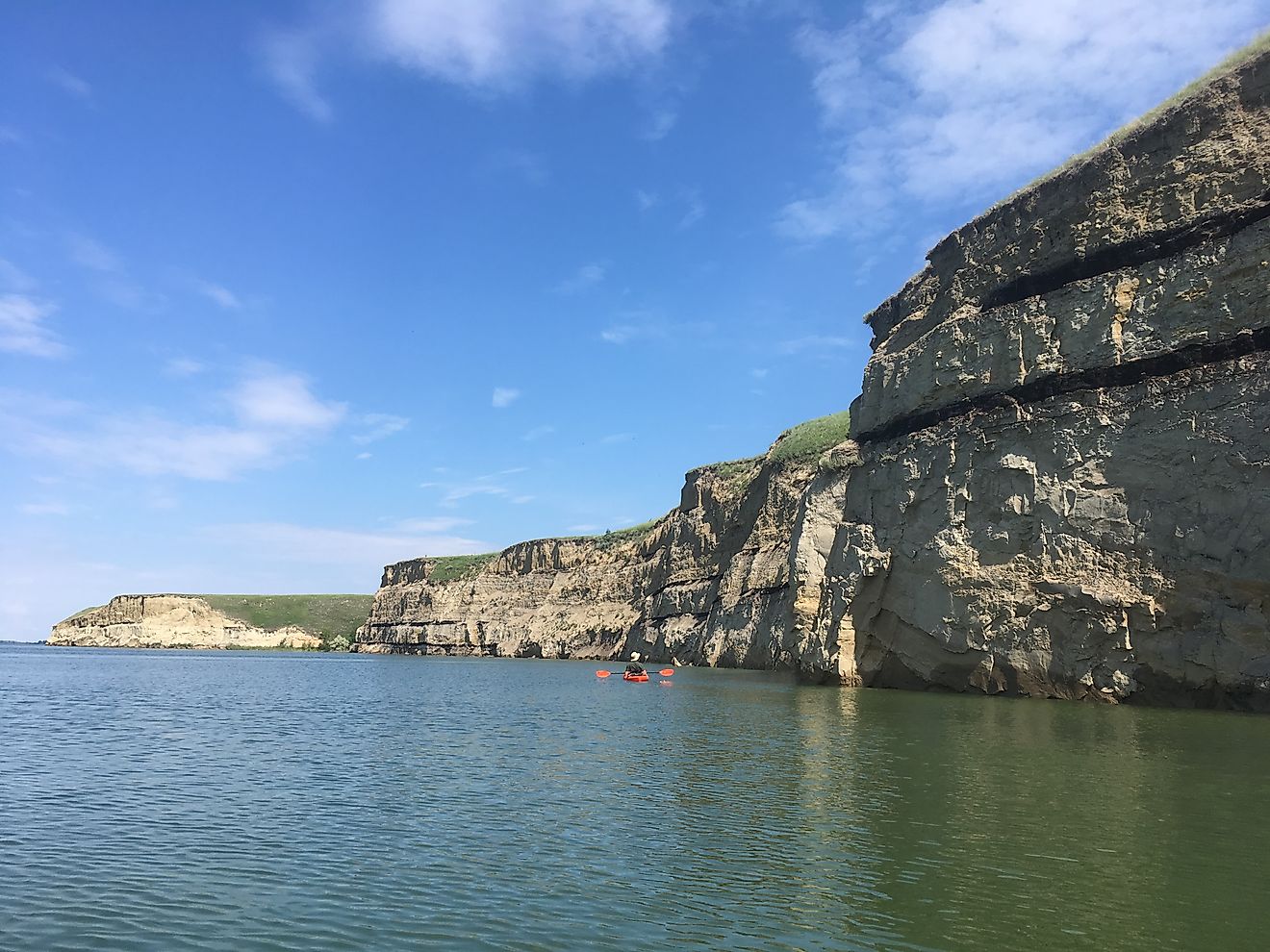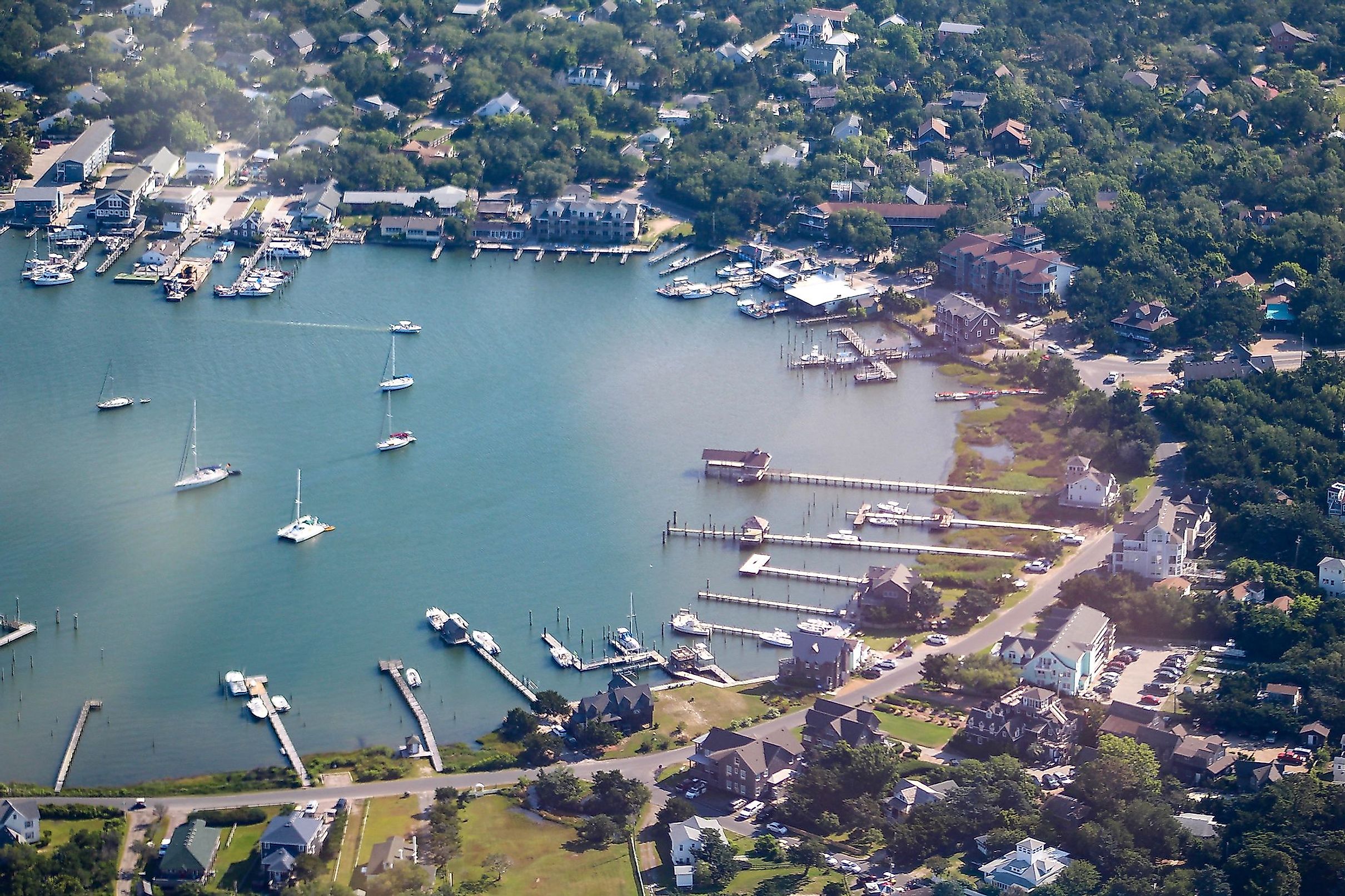
Ocracoke Island, North Carolina
Ocracoke Island is an offshore island in the US state of North Carolina. Europeans first sighted Ocracoke Island in the 16th century. By the 18th century, the island became part of a major trade route and a proverbial stomping ground for pirates. Ocracoke Island felt the effects of wars throughout its history, including the American Revolutionary War, The American Civil War, and World War II. It has also borne the brunt of several hurricanes. Today, the sparsely populated island is very popular with tourists, who take in its history and natural attractions.
Geography Of Ocracoke Island
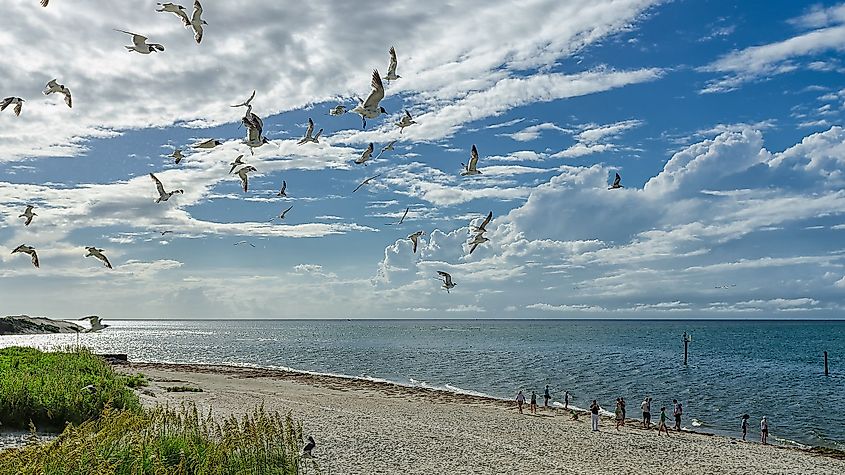
Ocracoke Island is part of the Outer Banks, a string of islands located off North Carolina's mainland. Between the mainland and Ocracoke Island is Pamlico Sound. Portsmouth Island is located to Ocracoke Island's west, while Hatteras Island is situated east. The space between Ocracoke Island and Hatteras Island is known as the Hatteras Inlet, and the space between Ocracoke Island and Portsmouth Island is known as Ocracoke Inlet. Ocracoke Island itself is 16 miles long and anywhere between 3 miles to less than a half-mile wide. The island's total area is 9.6 sq. miles (24.9 sq. km). Many inlets or creeks line much of Ocracoke Island's northern coast. There are also some small islands located immediately off the northern coast.
In contrast, the southern coast of the island is relatively smooth. Ocracoke Island's main harbor is the Silver Lake Harbor, located in the village of Ocracoke on the western side of the island. A highway connects Ocracoke Island and the rest of the Outer Banks islands to the North Carolina mainland.
Population Of Ocracoke Island
The sole population center of Ocracoke Island is the village of Ocracoke, which has a permanent population of just 706 residents. A total of 99.7% of these residents are white, of which 70.7% are non-Hispanic, and 29% are Hispanic. The remaining population is of African American heritage or other racial heritage. More than 72% of Ocracoke residents speak only English, while 27.5% speak Spanish. Over 84% of the village's population was born in the United States, and 44.05% were born in the village itself. The entire foreign-born population of Ocracoke hails from Latin America. The island's population fluctuates depending on the season, as tourists come during the spring, summer, and early fall. However, the population shrinks in the winter as tourists generally do not visit.
Economy Of Ocracoke Island
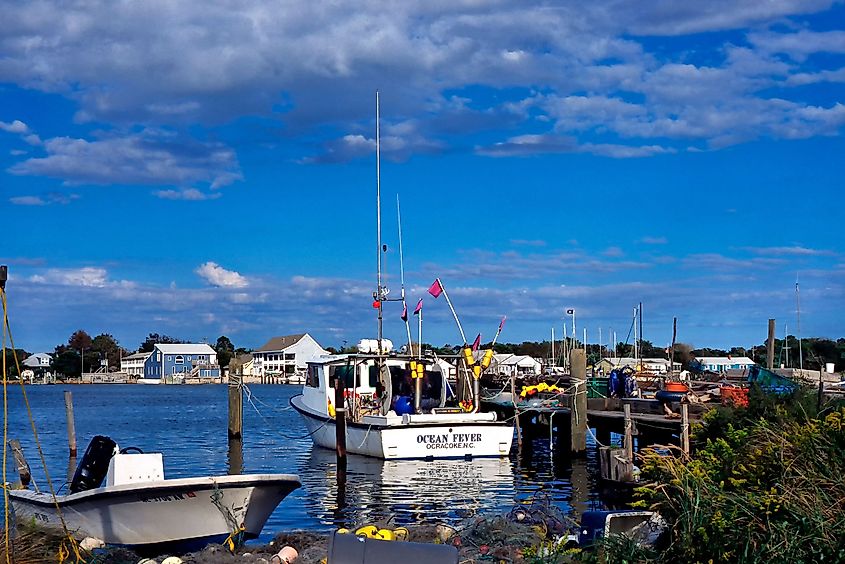
The average household income of Ocracoke residents is $40,624, the poverty rate is 12.36%, and the unemployment rate is 5.3%. The economy of the island is almost entirely reliant on tourism. Employment is mostly seasonal. Whereas most business establishments are open during the spring, summer, and fall, just a few stay open during the winter. Regarding the number of employees, the largest industries are accommodation & food services, public administration, agriculture, forestry, fishing & hunting.
History Of Ocracoke Island
Before the arrival of Europeans, Ocracoke Island was the territory of a Native American tribe known as the Woccocon. The name Woccocon was the first ascribed to the island. Over time, this evolved into the island's current name. The first Europeans to visit the island were Spanish explorers in 1524. In 1585, an expedition led by Englishman Sir Walter Raleigh landed on the island.
During the early 1700s, Ocracoke Island sat in the middle of an important trade route. Larger vessels, however, could not navigate the waters of Pamlico Sound, so skilled sailors settled on the island assisted in the transportation of goods from the island to the mainland. Ocracoke Island and the surrounding waters also attracted pirates, who used the island as a campsite. In fact, the famous pirate Blackbeard was killed on the island in 1718. One year later, Ocracoke Island was given to the colony of North Carolina. In 1759, William Howard bought the island and made his home there. Some of his descendants still live on the island to this day.
During the American Revolutionary War and American Civil War, Ocracoke Island served as a strategic gateway to Pamlico Sound. Fort Ocracoke, located on nearby Beacon Island, was the scene of a naval attack in 1861. During World War II, a naval base was constructed in Silver Lake Harbor, and residents of the island reported seeing numerous ships burning offshore due to aggressive U-boat activity. The British Cemetery on Ocracoke Island, which is located next to the historic Howard family graveyard, was established for the victims of the HMS Bedfordshire. This armed trawler was torpedoed on May 11, 1942.
A series of hurricanes struck Ocracoke Island during the 20th century. They occurred in 1933, 1944, and 1949. In early September 2019, the island was struck by Hurricane Dorian, causing severe damage to the highway connecting it and the rest of the Outer Banks islands to the North Carolina mainland. It took about two months for access to Ocracoke Island to be restored.
Attractions In And Around Ocracoke Island

The main attractions on Ocracoke Island are both historical and natural. The island has four sites listed on the National Register of Historic Places. These sites include the Ocracoke Historic District, Ocracoke Light Station, Salter-Battle Hunting, Fishing Lodge, and Dixie Arrow, which consists of a shipwreck. Ocracoke Island is also home to the Ocracoke Preservation Society Museum. This museum is located in a 1900s-era house and contains permanent, rotating, indoor, and outdoor exhibits depicting life on the island in earlier times. The museum also includes a research library with a vast book and photo collection.
Ocracoke Island's natural attractions include 16 miles of secluded, natural beaches, perfect for activities like shelling, surf fishing, and swimming. The island is also home to wild ponies known as Ocracoke Banker Ponies. These ponies are the descendants of Spanish mustangs turned wild ponies after surviving a shipwreck hundreds of years ago. The ponies now live on a 188-acre plot of land on the island. Another natural attraction on Ocracoke Island is Springer's Point Nature Preserve. This preserve consists of a tranquil maritime forest with abundant wildlife, centuries-old oaks, and traces of historic structures. It is also where Blackbeard, the pirate, was killed by the British Navy.
